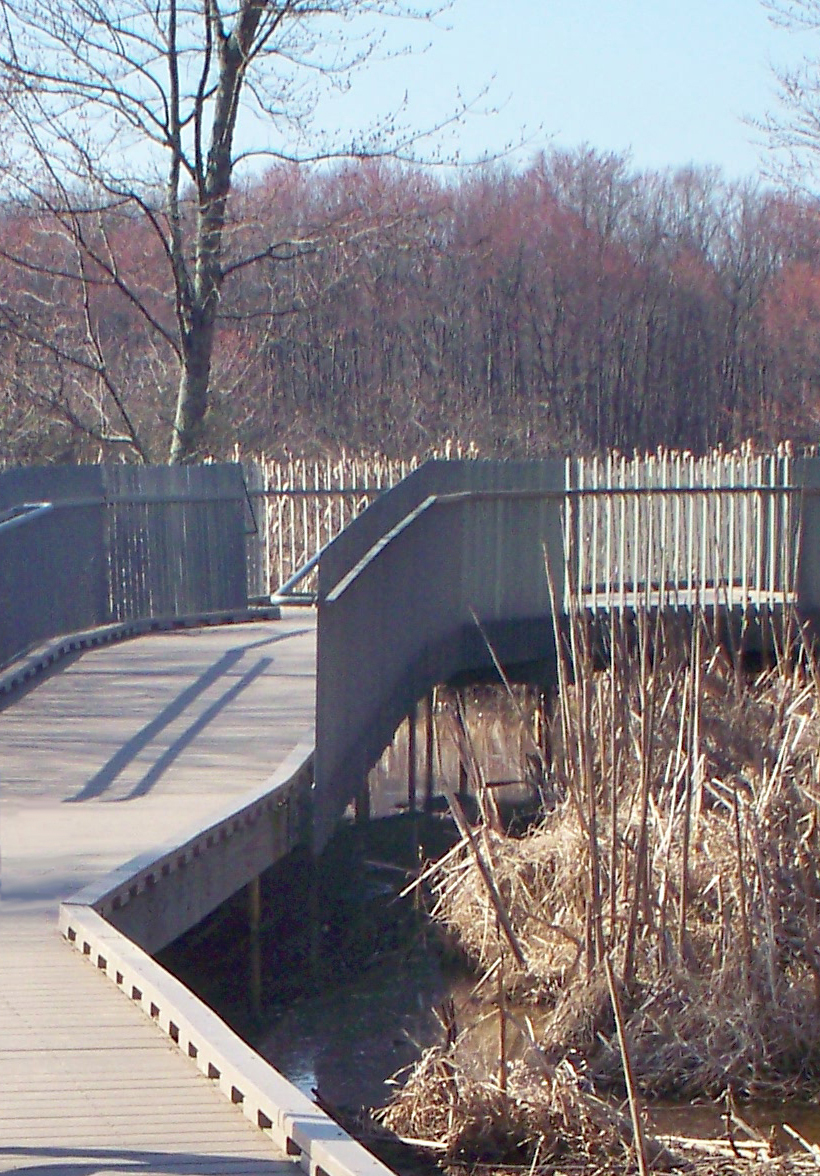Static electricity, something we experience before we're old enough to understand it
By Peggy Ashbrook
Posted on 2013-03-06
 It was a beautiful sunny winter day in the mid Atlantic region in the mid 40s with little wind when I went walking in a wetlands park wearing a synthetic fleece jacket and nylon pants. The boardwalk over the water is made of recycled plastic “lumber” and the handrail is metal. Walking along, my body built up a strong static electric charge that hurt me as it discharged when I touched the handrail. Ouch!
It was a beautiful sunny winter day in the mid Atlantic region in the mid 40s with little wind when I went walking in a wetlands park wearing a synthetic fleece jacket and nylon pants. The boardwalk over the water is made of recycled plastic “lumber” and the handrail is metal. Walking along, my body built up a strong static electric charge that hurt me as it discharged when I touched the handrail. Ouch!
 Young children notice this phenomenon. They might get a small shock from a static electrical charge when they take off a sweater or snowsuit on a dry winter day. The spark can be seen if you go into a dark room to remove the sweater. Although the movement of electrons won’t be understood fully until the fifth grade when the concept of a “whole” being made of parts too small for us to see is taught, children can still play with static electricity. In the March 2013 Science and Children Early Years column, I write about using an activity, such as a Discovery Bottle, to explore it. Children will play with the bottle briefly. Talking with children about what they see will help them understand that their action of rubbing the bottle on the rug or their hair attracts the small particles to the inner wall. It’s not magic.
Young children notice this phenomenon. They might get a small shock from a static electrical charge when they take off a sweater or snowsuit on a dry winter day. The spark can be seen if you go into a dark room to remove the sweater. Although the movement of electrons won’t be understood fully until the fifth grade when the concept of a “whole” being made of parts too small for us to see is taught, children can still play with static electricity. In the March 2013 Science and Children Early Years column, I write about using an activity, such as a Discovery Bottle, to explore it. Children will play with the bottle briefly. Talking with children about what they see will help them understand that their action of rubbing the bottle on the rug or their hair attracts the small particles to the inner wall. It’s not magic.
When children are interested in a hard-to-teach topic, reading a book can help them understand how their experience fits into the larger world. Do you have a book you read to children about electricity or a picture book that has some content about electricity? This doesn’t seem to be a common topic for fiction, and much of the non-fiction about electricity is rightfully for older elementary students.

 Try these books, Electricity: Bulbs, Batteries, and Sparks (Amazing Science) by Darlene Stille (2004 Picture Window Books) and What Is Electricity? (Rookie Read-About Science) by Lisa Trumbauer (2004 Children’s Press), or see if any of the other works reviewed in NSTA Recommends will meet your needs.
Try these books, Electricity: Bulbs, Batteries, and Sparks (Amazing Science) by Darlene Stille (2004 Picture Window Books) and What Is Electricity? (Rookie Read-About Science) by Lisa Trumbauer (2004 Children’s Press), or see if any of the other works reviewed in NSTA Recommends will meet your needs.
Here are just a few of the many websites that describe the use of Discovery Bottles as craft projects and science experiences.
http://tunstalltimes.blogspot.com/2011/07/discovery-bottles.html
http://lagunapreschoolcurriculum.blogspot.com/2011/10/how-to-make-science-discovery-bottles.html
http://www.teachpreschool.org/2013/01/discovery-bottles-p-t/
http://teachers.net/lessons/posts/422.html
Wonderful as playthings, they become tools for science observation and reflection when conversation is part of the experience.
Disclaimer: The views expressed in this blog post are those of the author(s) and do not necessarily reflect the official position of the National Science Teaching Association (NSTA).

